A Legacy Of Melbourne Horse Racing Sports Power
The Melbourne Cup Horse Race – Triumph And Transformation
The Melbourne Cup is one of the most famous horse races in the world. It is a cultural institution that has shaped Australian identity for over 160 years. Held annually on the first Tuesday of November, the event draws millions of viewers and thousands of attendees to Flemington Racecourse. Its origins date back to 1861 as one of Australia’s first major sporting events, when Archer claimed the inaugural victory. Since then, the Cup has evolved into a spectacle of sport, fashion, and national pride. The race spans 3200 meters and tests the endurance of elite thoroughbreds from around the world. It has become a stage for international competition, with horses from Ireland, Japan, and France often dominating the field. The Cup is also a social phenomenon, influencing everything from workplace schedules to betting habits. Its impact reaches beyond the track, shaping conversations about gender, class, and tradition. The Melbourne Cup remains a mirror of Australia’s changing values and enduring passions.
| Year | Winning Horse | Jockey | Trainer | Country |
|---|---|---|---|---|
| 1861 | Archer | John Cutts | Etienne de Mestre | Australia |
| 2015 | Prince Of Penzance | Michelle Payne | Darren Weir | Australia |
| 2025 | Half Yours | Jamie Melham | Chris Waller | Australia |
| 2023 | Without A Fight | Mark Zahra | Freedman Racing | Australia |
| 2024 | Knight’s Choice | Robbie Dolan | John Symons & Sheila Laxon | Australia |
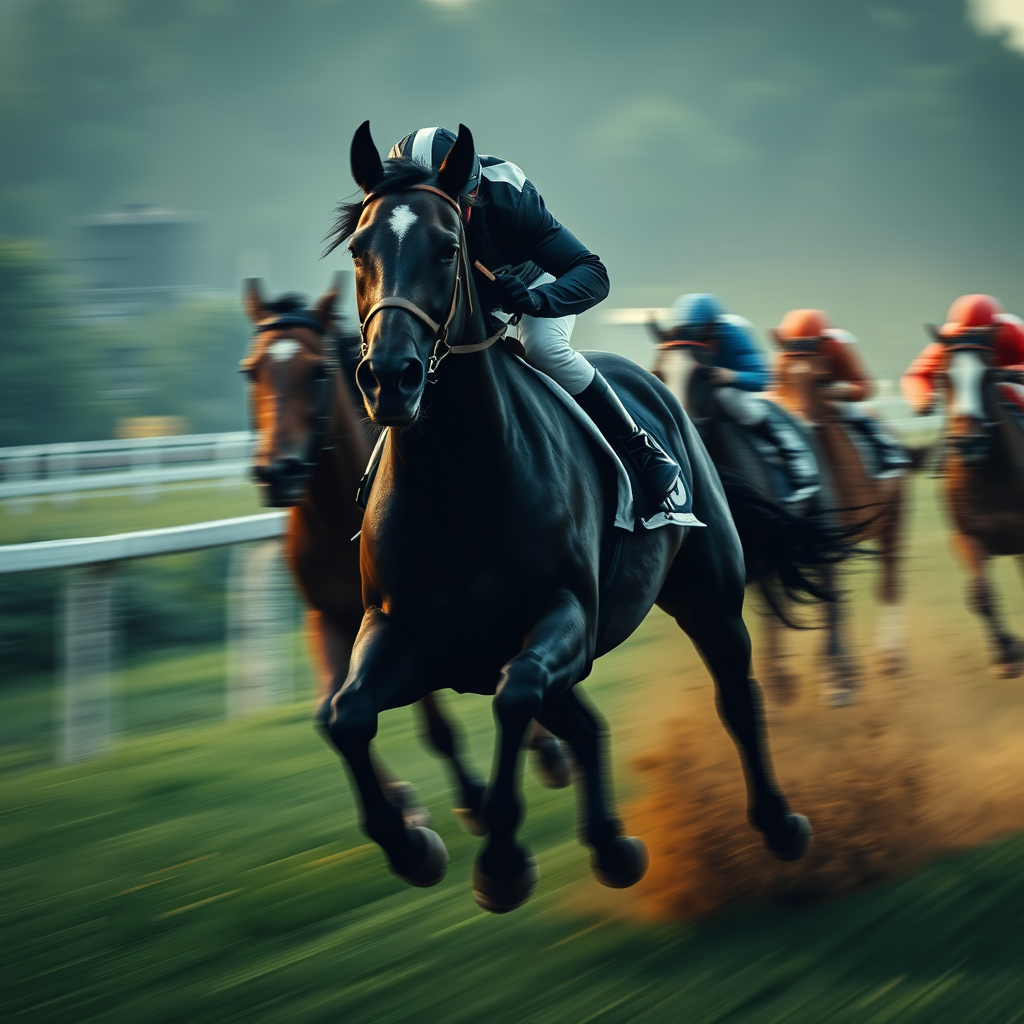
Women In The Saddle – Breaking Barriers And Making History
Michelle Payne – A Moment Of Defiance
Jamie Melham – A Legacy Continued
For decades, the Melbourne Cup was dominated by male jockeys. That changed in 2015 when Michelle Payne rode Prince Of Penzance to a stunning victory. Her triumph was not just athletic—it was symbolic. Payne’s win challenged entrenched gender norms in racing and inspired a generation of female riders. Ten years later, Jamie Melham followed in her footsteps, guiding Half Yours to victory in 2025. Melham’s journey was marked by resilience, having recovered from a career-threatening fall. Her win solidified the presence of women at the highest level of Australian racing. These victories are not isolated—they reflect broader shifts in sport and society. Female jockeys now compete regularly in major events, and their success is reshaping perceptions of strength and skill. The Melbourne Cup has become a platform for gender equity and recognition. As more women enter the field, the race continues to evolve in meaning and representation.
- Michelle Payne won in 2015 with odds of 100-1
- Jamie Melham became the second female winner in 2025
- Both victories were on Australian-trained horses
- Payne’s win sparked national debate on gender in sport
- Melham’s win followed a two-year recovery from injury
- Female jockey participation has increased since 2015
- Racing clubs now promote gender diversity in training
- Media coverage of female riders has grown significantly
- Public support for women in racing is at an all-time high
- The Melbourne Cup now symbolizes inclusive competition
Riders Of The Cup – Skill And Strategy
Jockeys And Journeys – The Minds Behind The Mounts
Jockeys are the tacticians of the Melbourne Cup, guiding horses through crowded fields and shifting conditions. Their decisions in split seconds—when to hold, when to push—can define the outcome of the race. Legendary names like Damien Oliver and Kerrin McEvoy have etched their legacy with multiple Cup wins. In 2025, Jamie Melham became the first female jockey to win both the Melbourne and Caulfield Cups, riding Half Yours to victory. The role of the jockey is physically demanding and mentally intense, requiring years of training and resilience.
| Jockey Name | Melbourne Cup Wins | Notable Victory Year | Famous Mount | Legacy Highlight |
|---|---|---|---|---|
| Damien Oliver | 3 | 2013 | Fiorente | Longest active Cup career |
| Kerrin McEvoy | 3 | 2016 | Almandin | Known for tactical patience |
| Michelle Payne | 1 | 2015 | Prince Of Penzance | First female Cup winner |
| Robbie Dolan | 1 | 2024 | Knight’s Choice | Won on debut Cup ride |
| Jamie Melham | 1 | 2025 | Half Yours | First to win both major Cups |
Horses Of The Cup – Power And Presence
Champions And Bloodlines – The Heart Of The Race
Melbourne Cup horses are elite athletes bred for stamina, speed, and temperament. Each year, 24 contenders line up, representing a mix of local and international stables. Famous names like Phar Lap, Makybe Diva, and Without A Fight have become symbols of excellence. The 2025 winner, Half Yours, was the only Australian-bred horse in the field, trained by Tony and Calvin McEvoy. Horses are selected not just for form, but for their ability to handle distance, pressure, and track conditions.
- Phar Lap won in 1930 and became a national icon
- Makybe Diva is the only horse to win three Cups (2003–2005)
- Without A Fight won in 2023 for Freedman Racing
- Knight’s Choice triumphed in 2024 as a $91 outsider
- Half Yours won in 2025, completing the Caulfield–Melbourne Cup double
- Horses are aged between 4 and 8, with geldings dominating recent fields
- International entries often come from Ireland, France, and Japan
- Australian-bred horses have resurged in recent years
- Bloodlines are tracked across generations for breeding value
- Cup winners often retire to stud or ceremonial roles

Flemington Racecourse – Heritage And Scale
Grounds And Grandstands – The Stage Of The Cup
Flemington Racecourse is the historic home of the Melbourne Cup, operating continuously since 1840. Located beside the Maribyrnong River, it spans over 1.2 square kilometers and can host up to 120,000 spectators. The course features a sweeping left-hand turn and a long straight, ideal for dramatic finishes. Heritage-listed structures like the Members’ Grandstand and the Phar Lap statue add cultural depth. Flemington blends tradition with modern infrastructure, offering world-class racing surfaces and hospitality.
| Feature | Description | Historical Significance | Modern Use |
|---|---|---|---|
| Main Track | 3200m turf circuit | Used since 1861 | Hosts Melbourne Cup |
| Members’ Grandstand | Elevated viewing area | Built in 1920s | VIP and media seating |
| Rose Garden | 16,000+ bushes | Symbol of Cup Day | Iconic backdrop for fashion |
| Phar Lap Statue | Bronze tribute | Honors 1930 winner | Popular photo location |
| Maribyrnong River | Natural boundary | Original racing site | Scenic and environmental buffer |
Commentators Of The Cup – Voices Of The Nation
Race Callers And Analysts – Sound That Shapes Memory
Commentators bring the Melbourne Cup to life, narrating the drama with precision and emotion. Legendary voices like Greg Miles and Bryan Martin have defined eras of racing coverage. Today, Matthew Hill is the lead caller, known for his clarity and timing. Analysts and sideline reporters add depth, offering insights into form, tactics, and post-race reactions. The race call is often replayed for years, becoming part of the Cup’s folklore.
- Greg Miles called 36 Melbourne Cups before retiring in 2016
- Bryan Martin was known for his poetic style and vivid imagery
- Matthew Hill is the current lead caller for Racing.com
- Race calls are broadcast live on TV, radio, and streaming platforms
- Commentators rehearse names, silks, and tactics before the race
- The phrase “a champion becomes a legend” was coined during Makybe Diva’s third win
- Sideline reporters interview jockeys and trainers post-race
- Audio archives preserve historic calls for future generations
- Commentators often become public figures in racing culture
- The race call is considered a national moment of unity
Betting Culture – Risk, Ritual, And Revenue
Wagering Trends – From Tab To Apps
Payouts And Predictions – The Numbers Behind The Race
Betting is inseparable from the Melbourne Cup experience. Australians wager millions each year, making it the most bet-on race in the country. Traditional TAB outlets remain popular, but digital platforms now dominate. Punters study form guides, weather conditions, and trainer histories to make informed choices. Exotic bets like trifectas and first fours offer high rewards but require precision. The 2025 Cup saw Half Yours pay out generous dividends, surprising many analysts. Betting is not just financial—it’s social. Office sweeps and family pools create shared excitement and anticipation. The race also influences broader gambling trends, with spikes in activity across the Spring Carnival. Regulatory bodies monitor betting behavior to ensure fairness and transparency. As technology evolves, so too does the way Australians engage with the race.
| Bet Type | Description | 2025 Payout (AUD) |
|---|---|---|
| Win | Horse finishes first | $12.40 |
| Place | Horse finishes top three | $3.80 |
| Trifecta | First three in exact order | $1,240.00 |
| First Four | First four in exact order | $4,560.00 |
| Each Way | Win and Place combined | Varies |
Fashion And Fanfare – Style On Display
Hats And Headpieces – Tradition Reimagined
Dresses And Suits – Elegance Meets Expression
Fashion is a cornerstone of Melbourne Cup culture. Attendees dress to impress, often planning outfits months in advance. Millinery takes center stage, with elaborate hats and headpieces defining the aesthetic. Designers showcase bold colors, intricate textures, and avant-garde shapes. Dresses range from classic silhouettes to daring statements, reflecting both tradition and innovation. Men’s fashion has also evolved and changed over the years, with tailored suits and accessories gaining traction and prominence. The Cup is a runway as much as a racetrack. Fashion competitions like Fashions on the Field celebrate creativity and craftsmanship. Social media amplifies the spectacle, turning outfits into viral moments. Sustainability is becoming a theme, with vintage and eco-conscious choices gaining traction. The Melbourne Cup continues to influence Australian fashion trends and seasonal retail cycles.
- Fashions on the Field began in 1962
- Millinery is often custom-made for the event
- Bold colors dominate spring racing fashion
- Eco-friendly fabrics are gaining popularity
- Designers use the Cup to launch new collections
- Social media drives fashion visibility
- Men’s accessories include pocket squares and brooches
- Vintage styles are making a comeback
- Rain-appropriate fashion is essential in Melbourne
- Fashion is judged on creativity and cohesion
Horses Of Distinction – Legends That Shaped The Race
Endurance And Elegance – The Anatomy Of A Champion
Bloodlines And Breeding – The Science Behind Speed
The Melbourne Cup has produced some of the most iconic racehorses in history. From Phar Lap’s dominance in the early 1930s to Makybe Diva’s unprecedented three victories, these animals have become symbols of excellence. Breeding plays a crucial role in producing Cup contenders, with bloodlines traced across generations. Trainers and owners invest heavily in genetics, nutrition, and conditioning to prepare horses for the grueling 3200-meter distance. International stables often target the Cup, bringing elite thoroughbreds from Europe and Asia. Australian-bred horses continue to perform strongly, with recent winners like Vow And Declare and Without A Fight showcasing local talent. The race demands not just speed but stamina, strategy, and temperament. Jockeys must understand their mount’s rhythm and respond to the field’s dynamics. The Melbourne Cup is where equine physiology meets tactical brilliance. Each winning horse adds a new chapter to the race’s storied legacy.
| Horse Name | Wins | Years Won | Country Bred | Notable Trait |
|---|---|---|---|---|
| Phar Lap | 1 | 1930 | New Zealand | Dominant stride |
| Makybe Diva | 3 | 2003, 2004, 2005 | Australia | Unmatched endurance |
| Delta Blues | 1 | 2006 | Japan | Late surge capability |
| Vow And Declare | 1 | 2019 | Australia | Homegrown resilience |
| Without A Fight | 1 | 2023 | Australia | Tactical acceleration |
Horses And Training – Building Champions
Conditioning And Care – The Road To Cup Day
Melbourne Cup horses undergo months of rigorous training to prepare for the 3200-meter challenge. Trainers focus on endurance, speed, and recovery, tailoring programs to each horse’s physiology and temperament. Conditioning includes long gallops, interval work, and swimming to reduce joint strain. Nutrition is carefully managed, with high-protein diets and supplements to support muscle development. The goal is to peak on Cup Day—where timing, health, and strategy must align perfectly.
| Training Element | Purpose | Frequency | Tools Used | Notes |
|---|---|---|---|---|
| Gallops | Build stamina and rhythm | Daily | Turf tracks, sand rolls | Adjusted for weather |
| Interval Work | Develop speed and recovery | 2–3 times/week | Timers, GPS trackers | Mimics race pace |
| Swimming | Low-impact conditioning | Weekly | Equine pools | Reduces joint stress |
| Nutrition Plans | Muscle and energy support | Ongoing | Custom feed blends | Includes electrolytes |
| Vet Monitoring | Health and injury prevention | Weekly checks | Scans, blood tests | Pre-race clearance required |
Animal Welfare – Ethics And Oversight
Safety And Reform – Protecting The Athletes
Animal welfare is central to the Melbourne Cup’s evolving identity. Racing authorities has changed over the years in horse racing and it is far from perfect but it does now enforce stricter protocols to ensure horses are healthy, hydrated, and fit to compete with safety. Pre-race inspections include scans, blood tests, and gait analysis. Post-race monitoring checks for stress, injury, and dehydration. Advocacy groups continue to push for transparency, and reforms have led to improved track surfaces, reduced whip use, and mandatory rest periods.
- All Cup horses undergo veterinary clearance before racing
- Post-race checks include hydration, heart rate, and joint mobility
- Whip use is regulated to minimize distress and overexertion
- Track surfaces are engineered to reduce impact and slippage
- Horses must meet rest and recovery benchmarks between races
- Equine welfare officers are present throughout Cup Week
- Injured horses receive immediate treatment and long-term care
- Public reporting of incidents is now mandatory
- Advocacy groups monitor racing practices and publish independent reviews
- Welfare reforms are ongoing, shaped by science and public pressure
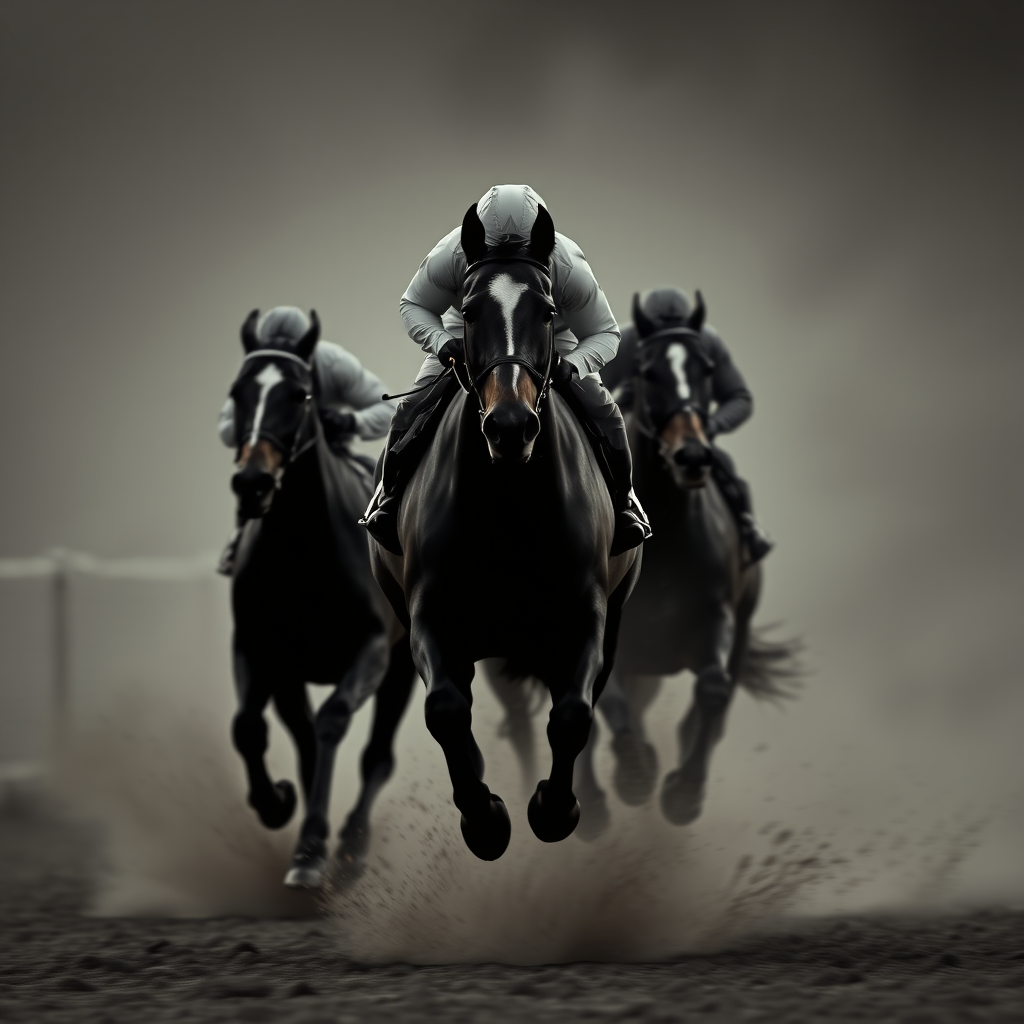
Race Day Atmosphere – Rituals And Revelry
The Crowd At Flemington – A Sea Of Celebration
Race day at Flemington is a sensory experience. Tens of thousands of spectators arrive early, dressed in their finest, ready to celebrate. The morning begins with champagne breakfasts and fashion showcases. As the day progresses, anticipation builds toward the main event. The national anthem is played, and horses parade before the crowd. The race itself lasts just over three minutes, but its emotional impact lingers. After the finish, celebrations erupt across the venue, with winners embraced and stories exchanged. Corporate marquees offer luxury hospitality, while general admission areas buzz with energy. The Melbourne Cup is both a sporting contest and a social ritual. It brings together people from all walks of life, united by tradition and thrill.
- Flemington Racecourse hosts over 100,000 attendees on Cup Day
- Gates open early to accommodate fashion and hospitality events
- The race is run at 3:00 PM local time
- The Cup is broadcast live across Australia and internationally
- Marquees feature gourmet food and premium drinks
- General admission areas offer picnic-style viewing
- The national anthem precedes the race
- Horses parade before the crowd for inspection
- Post-race interviews are conducted on the track
- The Cup trophy is presented immediately after the race
Trainers And Tactics – Minds Behind The Mounts
Strategy Development And Conditioning – Race Adaption
Behind every Melbourne Cup winner stands a team of experts. Trainers are responsible for conditioning horses to peak performance. They manage schedules, monitor health, and develop race strategies. The 3200-meter distance requires careful planning, balancing speed and stamina. Legendary trainers like Bart Cummings, who won the Cup 12 times, have become household names. Modern trainers use data analytics, heart rate monitors, and GPS tracking to refine their methods. International trainers bring diverse techniques, contributing to the race’s evolution. Partnerships between trainers and jockeys are crucial, with communication shaping race-day decisions. The Melbourne Cup rewards not just physical talent but intellectual preparation. Success often hinges on split-second choices and long-term planning.
| Trainer Name | Cup Wins | Notable Horses | Training Base | Legacy Highlight |
|---|---|---|---|---|
| Bart Cummings | 12 | Light Fingers, Saintly | Australia | Most Cup wins in history |
| Lee Freedman | 5 | Makybe Diva | Australia | Three-peat with Diva |
| Dermot Weld | 2 | Vintage Crop, Media Puzzle | Ireland | First international win |
| Chris Waller | 1 | Half Yours | Australia | Recent female-led win |
| Darren Weir | 1 | Prince Of Penzance | Australia | Trained first female win |
Media And Memory – The Cup In Public Imagination
Broadcast And Coverage – Telling The Story
The Melbourne Cup is one of the most televised events in Australia. Broadcasters provide hours of coverage, from fashion segments to expert analysis. The race is streamed globally, reaching audiences in Europe, Asia, and the Americas. Media outlets document every moment, creating a rich archive of triumphs and heartbreaks. Iconic calls like “Makybe Diva – a champion becomes a legend” have entered the national lexicon. Newspapers and magazines publish retrospectives, while documentaries explore the race’s deeper meanings. The Cup is also a subject of artistic interpretation, appearing in paintings, poems, and films. Its imagery—roses, silks, trophies—has become symbolic of Australian culture. The race is remembered not just for winners but for moments of drama and emotion. Media coverage ensures that each edition of the Cup becomes part of collective memory.
- The Melbourne Cup is broadcast by major networks like Channel 10 and Racing.com
- International streaming reaches over 120 countries
- Iconic race calls are replayed in retrospectives
- Newspapers publish special Cup editions
- Documentaries explore historical and cultural themes
- Social media amplifies real-time reactions
- Photographers capture fashion, emotion, and action
- The Cup is featured in Australian literature and art
- Archival footage is used in educational settings
- Media coverage shapes public perception of the race
International Influence – Global Horses And Trainers
Cross-Border Competition – The Cup’s Expanding Reach
The Melbourne Cup has grown into an international event. Horses and trainers from Ireland, Japan, France, and the UK regularly compete, bringing global prestige to the race. Vintage Crop’s win in 1993 marked the first overseas victory, changing the race’s trajectory. Since then, international stables have targeted the Cup with strategic planning and elite talent. Quarantine protocols and travel logistics have been streamlined to accommodate foreign entries. The race now serves as a bridge between hemispheres, with European stayers often dominating the field. Australian trainers respond by refining breeding programs and importing bloodlines. The Cup’s internationalization has elevated its status, attracting global media and betting interest. Cultural exchange is evident in fashion, cuisine, and hospitality offerings. The Melbourne Cup is no longer just Australia’s race—it’s a global celebration of equine excellence.
| Year | International Winner | Country | Trainer | Impact Highlight |
|---|---|---|---|---|
| 1993 | Vintage Crop | Ireland | Dermot Weld | First overseas winner |
| 2006 | Delta Blues | Japan | Katsuhiko Sumii | Japanese breakthrough |
| 2010 | Americain | France | Alain de Royer-Dupré | European dominance begins |
| 2017 | Rekindling | Ireland | Joseph O’Brien | Youngest winning trainer |
| 2021 | Twilight Payment | Ireland | Joseph O’Brien | Repeat success for Ireland |
Celebrity Turnout – Glamour And Recognition
Famous Faces – Icons At The Track
The Melbourne Cup is a magnet for celebrities, drawing actors, musicians, athletes, and public figures from around the world. High-profile guests attend not only for the race but for the fashion, hospitality, and media exposure. International stars like Sarah Jessica Parker and Paris Hilton have graced Flemington’s marquees, while Australian icons such as Chris Hemsworth and Delta Goodrem are regular attendees. Celebrities often participate in fashion competitions, charity events, and brand activations. Their presence adds prestige and visibility, turning Cup Day into a global cultural moment.
| Celebrity Name | Profession | Year Attended | Role/Event Participated | Notable Detail |
|---|---|---|---|---|
| Sarah Jessica Parker | Actor | 2011 | Fashion ambassador | Wore custom millinery |
| Chris Hemsworth | Actor | Multiple | Guest of luxury marquees | Attended with family |
| Delta Goodrem | Singer | Multiple | Performed at Cup events | Known for Cup Day anthems |
| Paris Hilton | Entrepreneur | 2003 | Guest of sponsor marquee | Sparked media frenzy |
| Ian Thorpe | Olympian | Multiple | Charity host | Promoted racing inclusivity |
Cup Entertainment – Sound And Spectacle
Music And Performance – The Rhythm Of Celebration
Entertainment is woven into the Melbourne Cup experience, transforming Flemington into a festival of sound and spectacle. Live music, dance performances, and DJ sets energize the crowd between races. National and international acts perform on dedicated stages, while roaming entertainers engage guests across the venue. Fashion shows, art installations, and culinary showcases add layers of sensory engagement. Entertainment is curated to reflect the Cup’s blend of tradition and modernity.
- Delta Goodrem has performed live on Cup Day multiple times
- DJ sets run throughout the afternoon in hospitality zones
- Indigenous dance have opened Cup Week over the years with cultural performances
- Fashion shows feature emerging and established designers
- Roaming entertainers are around and have included over the years stilt walkers, jazz bands, and floral artists
- Culinary showcases highlight seasonal Australian produce
- Art installations especially in tents reflect themes of the race, motion, heritage, and celebration
- Entertainment programming is coordinated by the Victoria Racing Club
- Marquees often host private performances for VIP guests
- The Cup’s entertainment reflects Australia’s creative diversity
Royal Appearances – A Legacy Of Visits
Prince Charles At The Cup – From Heir To Monarch
Then Prince Charles now King Charles III attended the Melbourne Cup in 2012, accompanied by Camilla, Duchess of Cornwall, as part of their official royal tour of Australia. Their presence added diplomatic prestige and global visibility to the event, reinforcing the Cup’s status as a cultural institution. The royal couple toured Flemington Racecourse, met with racing officials, and watched the race from the grandstand. Media coverage captured their interactions with guests, jockeys, and Cup organizers, turning the visit into a symbolic moment of Commonwealth connection. The 2012 appearance echoed Charles’s earlier visit in 1985, marking a continuity of royal engagement with Australia’s most iconic race.
- Prince Charles and Camilla attended the Melbourne Cup in 2012 during a royal tour
- They toured Flemington and met with racing officials and Cup organizers
- The couple watched the race from the grandstand and greeted guests in marquees
- Media coverage highlighted the Cup’s diplomatic and ceremonial significance
- The visit echoed Charles’s earlier appearance at the Cup in 1985
Cup Day Logistics – Behind The Scenes
Operations And Timing – Coordinating The Spectacle
The Melbourne Cup is a logistical feat involving thousands of staff and months of preparation. Flemington Racecourse transforms into a high-capacity venue with hospitality zones, media platforms, and security checkpoints. Transport systems are adjusted to accommodate the influx of attendees, with extra trains and trams scheduled. Catering teams prepare thousands of differnet meals, while florists arrange the signature roses in special designs that line the track. Veterinary teams inspect horses before and after the race to ensure welfare standards. Race stewards oversee compliance with racing rules, and emergency services are on standby throughout the day. The Cup’s timing is precise, with races scheduled to the minute and broadcast coordination synchronized across networks. Weather contingencies are built into planning, with provisions for rain or heat. The event’s success depends on seamless collaboration between racing authorities, government agencies, and private contractors.
| Operational Area | Role In Cup Day | Staff Involved | Timing Precision |
|---|---|---|---|
| Transport | Crowd movement and access | 300+ | 5-minute windows |
| Catering | Food and beverage service | 500+ | Rolling service |
| Veterinary | Horse health and safety | 50+ | Pre/post-race |
| Broadcast | Live coverage and coordination | 200+ | To-the-second |
| Security | Crowd control and safety | 400+ | Continuous |
Cup Traditions – Symbols And Sentiment
Roses And Rituals – The Language Of Celebration
The Melbourne Cup is steeped in tradition, with symbols that carry emotional and cultural weight. The presentation of the gold trophy is a moment of reverence, often accompanied by tears and applause. Roses are the floral emblem of the Cup, with over 16,000 bushes blooming across Flemington. The race call is another ritual, with iconic phrases etched into memory. Champagne toasts, fashion parades, and group photos are part of the shared experience. Many attendees wear family heirlooms or vintage pieces to honor past generations. The Cup also inspires personal rituals—some punters bet the same numbers each year, while others follow lucky charms. These traditions create continuity across decades, linking past and present. They transform the race into a cultural ceremony, rich with meaning and memory.
- The Melbourne Cup trophy is made of 18-carat gold
- Flemington’s rose garden features over 16,000 bushes
- The race call is considered a national moment
- Champagne is the traditional celebratory drink
- Fashions on the Field is a long-standing competition
- Attendees often wear symbolic accessories
- Many punters follow personal betting rituals
- The Cup inspires poetry, music, and visual art
- Roses are color-coded by race day themes
- Tradition enhances the emotional impact of the event
Economic Impact – Racing And Revenue
Industry And Investment – The Business Of The Cup
The Melbourne Cup generates significant economic activity across multiple sectors. The racing industry benefits from increased prize money, sponsorships, and international participation. Hospitality venues experience a surge in bookings, with hotels and restaurants operating at full capacity. Fashion retailers see spikes in sales, particularly in millinery and formalwear. Betting agencies report record turnover, with millions wagered both online and in person. Media companies profit from advertising and syndication rights. The Cup also boosts tourism, attracting visitors from interstate and overseas. Local governments invest in infrastructure to support the event, including transport upgrades and public amenities. The ripple effect extends to florists, caterers, and event planners. The Melbourne Cup is not just a race—it’s an economic engine that drives seasonal commerce and employment.
| Sector | Economic Activity Generated | Seasonal Impact | Revenue Estimate (AUD) |
|---|---|---|---|
| Racing | Prize money, sponsorships | High | $8M+ |
| Hospitality | Bookings, catering | Peak | $50M+ |
| Fashion Retail | Apparel, accessories | Surge | $30M+ |
| Betting | Wagering turnover | Record highs | $100M+ |
| Media | Advertising, syndication | Expanded reach | $20M+ |
Cultural Commentary – The Cup As Conversation
Identity And Inclusion – Reflecting Australia
The Melbourne Cup is a mirror of Australian society, sparking conversations about identity, inclusion, and tradition. Debates around animal welfare have led to reforms in racing practices, including improved track conditions and stricter veterinary oversight. The rise of female jockeys has challenged gender norms and expanded representation. Indigenous participation in fashion and performance has added cultural depth to the event. Sustainability is now part of the dialogue, with calls for eco-conscious fashion and waste reduction. The Cup also raises questions about gambling culture and its social impact. Media coverage often explores these themes, turning the race into a platform for broader reflection. The event’s evolution reflects Australia’s changing values, balancing celebration with critique. The Melbourne Cup is not static—it adapts, responds, and provokes.
- Animal welfare reforms include post-race inspections and hydration protocols
- Female jockeys now compete in major races across the Spring Carnival
- Indigenous designers and performers are featured in Cup Day events
- Sustainability initiatives include recycling stations and green fashion awards
- Gambling awareness campaigns run alongside betting promotions
- Media outlets publish opinion pieces on race ethics and culture
- The Cup is used in classrooms to discuss national identity
- Public discourse includes voices from diverse communities
- The event is increasingly seen as a cultural barometer
- The Melbourne Cup reflects both pride and progress
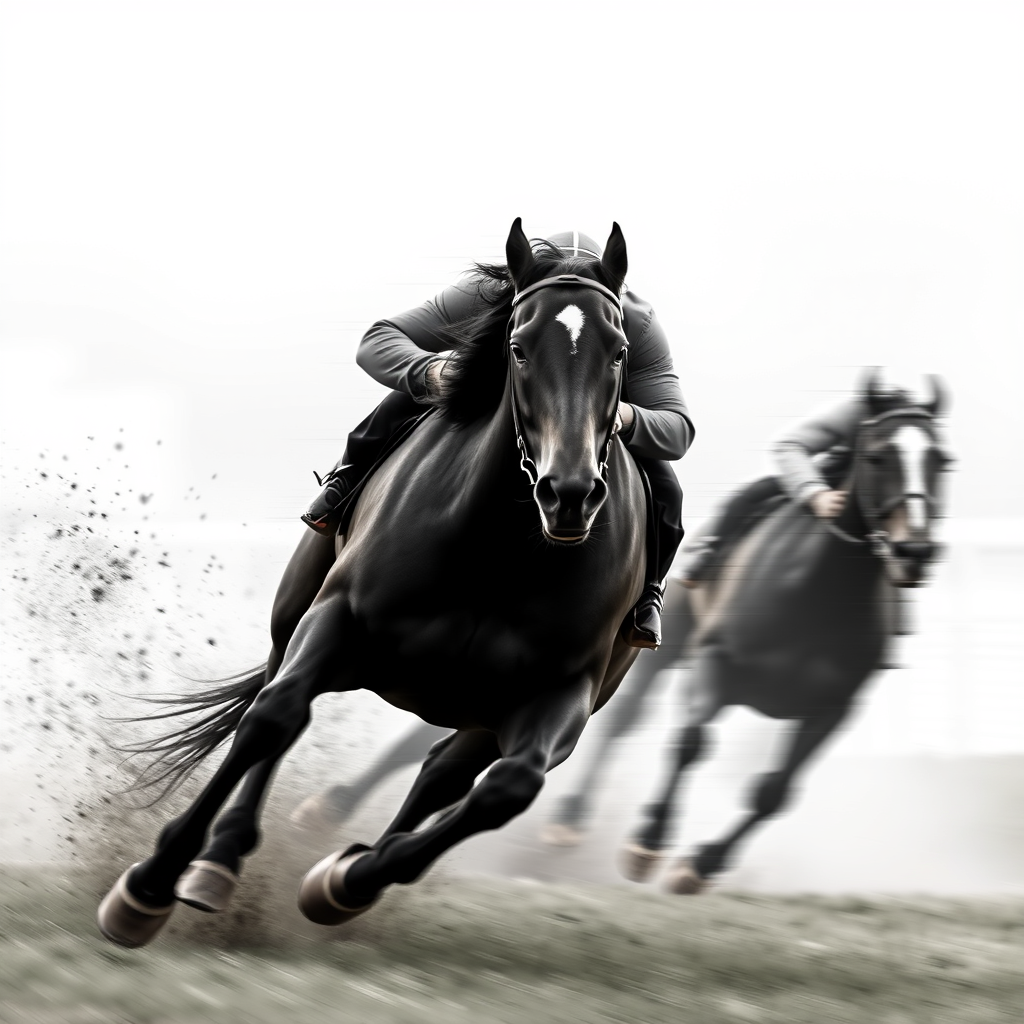
Cup Week Events – Beyond The Main Race
Carnival Highlights – A Festival Of Racing
The Melbourne Cup is the centerpiece of a week-long celebration known as the Spring Racing Carnival. Flemington hosts multiple race days, each with its own character and audience. Derby Day kicks off the festivities with a focus on black-and-white fashion and elite racing. Oaks Day, often called Ladies Day, celebrates style and social connection. Stakes Day closes the week with family-friendly events and relaxed atmosphere. Each day features high-stakes races, drawing top horses and trainers. Hospitality packages vary across the week, catering to different demographics. The Carnival also includes musical performances, art installations, and charity events. Local businesses benefit from increased foot traffic and tourism. The week is a showcase of sport, culture, and community. The Melbourne Cup may be the headline, but the Carnival is the full story.
| Race Day | Theme | Signature Race | Audience Focus | Fashion Style |
|---|---|---|---|---|
| Derby Day | Classic elegance | Victoria Derby | Racing purists | Black and white |
| Cup Day | National celebration | Melbourne Cup | General public | Bold and festive |
| Oaks Day | Ladies Day | Kennedy Oaks | Social groups | Feminine and floral |
| Stakes Day | Family Day | VRC Champions Stakes | Families | Relaxed and vibrant |
Cup Cuisine – Food And Drink Traditions
Dining Experiences – From Marquees To Picnics
Food and drink are central to the Melbourne Cup experience. Flemington offers a wide range of culinary options, from gourmet dining in corporate marquees to casual fare in general admission areas. Champagne is the traditional beverage of celebration, often served alongside seafood and canapés. Local chefs curate seasonal menus that reflect spring produce and Australian flavors. Food trucks and pop-up bars provide variety and accessibility. Dietary inclusivity is prioritized, with vegan, gluten-free, and halal options available. The Cup also inspires home entertaining, with parties held across the country. Supermarkets and bottle shops report increased sales in the lead-up to race day. Culinary partnerships with wineries and breweries enhance the event’s prestige. Dining is not just about sustenance—it’s part of the spectacle. The Melbourne Cup blends gastronomy with glamour.
- Champagne is the most consumed beverage on Cup Day
- Seafood is popular in premium hospitality areas
- Vegan and gluten-free options are widely available
- Local chefs design seasonal menus for marquees
- Food trucks offer multicultural street food
- Pop-up bars serve cocktails and craft beer
- Home parties often feature grazing boards and sparkling wine
- Supermarkets see spikes in sales before Cup Day
- Culinary partnerships include wineries and breweries
- Dining is integrated into the fashion and social experience
Cup Attendance – Who Comes And Why
Demographics And Draw – The Faces Of The Crowd
The Melbourne Cup attracts a diverse audience, from racing enthusiasts to fashion followers. Attendees include locals, interstate visitors, and international tourists. Corporate guests fill hospitality suites, while families enjoy picnic zones and public lawns. Celebrities and influencers add glamour, often appearing in media coverage and fashion competitions. Racing fans study form guides and follow horses across the season. Young adults attend for the social atmosphere and entertainment. Older generations come for tradition and nostalgia. The event also draws professionals from the racing industry—trainers, owners, breeders, and journalists. Accessibility initiatives ensure that people with disabilities can participate fully. The crowd reflects Australia’s multicultural identity, with attendees from varied backgrounds and regions. The Melbourne Cup is a gathering of stories, styles, and passions.
| Attendee Type | Motivation | Typical Location | Engagement Style |
|---|---|---|---|
| Racing Enthusiasts | Horse performance | Trackside and stands | Betting and analysis |
| Fashion Followers | Style and visibility | Marquees and catwalks | Social media and contests |
| Families | Tradition and leisure | Picnic zones | Relaxed and inclusive |
| Corporate Guests | Networking and prestige | Hospitality suites | Formal and curated |
| Tourists | Cultural experience | Mixed areas | Exploration and novelty |
Cup Legacy – Memory And Meaning
Generations And Stories – What The Race Represents
The Melbourne Cup is more than an annual event—it’s a legacy passed through generations. Families share stories of past races, recalling legendary horses and unforgettable finishes. Heirlooms like betting slips, race books, and fashion pieces become part of personal archives. Schools teach the Cup’s history as part of cultural education. Artists and writers use the race as a metaphor for ambition, resilience, and national pride. The Cup is referenced in music, film, and literature, embedding it in Australia’s creative consciousness. Community groups organize viewing parties and fundraisers around the event. The race becomes a touchstone for personal milestones—birthdays, anniversaries, reunions. Its continuity offers comfort and connection, especially in times of change. The Melbourne Cup is not just watched—it’s remembered, retold, and reimagined.
- Families pass down Cup stories and memorabilia
- Schools include the Cup in cultural education units
- Artists use the race as metaphor in visual and literary works
- Community groups host Cup-themed fundraisers
- The race is referenced in Australian music and film
- Personal milestones are often linked to Cup Day
- Heirlooms include race books, silks, and trophies
- The Cup is used in advertising to evoke nostalgia
- Oral histories preserve local Cup traditions
- The event fosters intergenerational connection
Cup Silks And Colours – Identity On The Track
Patterns And Palettes – Racing’s Visual Language
Silks are the visual signature of each horse and stable in the Melbourne Cup. These vibrant garments worn by jockeys are designed to be instantly recognizable from a distance. Each set of silks is registered with racing authorities and often reflects the owner’s heritage, branding, or personal taste. Colors range from bold primaries to intricate patterns, including stars, stripes, and checks. Silks are not just decorative—they help commentators and spectators track horses during the race. Some designs become iconic, associated with legendary wins or famous stables. The process of designing silks involves tradition, symbolism, and regulation. Owners may update silks to mark anniversaries or honor past champions. The Melbourne Cup is a kaleidoscope of motion, and silks are its brushstrokes. They add drama, clarity, and identity to the spectacle.
| Silk Design | Owner/Stable | Notable Horse | Color Scheme | Symbolic Meaning |
|---|---|---|---|---|
| Navy with white stars | Freedman Racing | Makybe Diva | Deep blue and white | Endurance and elegance |
| Black with gold trim | Darren Weir | Prince Of Penzance | Bold contrast | Underdog triumph |
| Emerald with silver hoops | Chris Waller | Half Yours | Green and silver | Renewal and resilience |
| Red with white sash | Bart Cummings | Saintly | Classic tones | Legacy and leadership |
| Purple with yellow diamonds | O’Brien Stables | Rekindling | Regal hues | Youth and ambition |
Cup Superstitions – Luck And Lore
Rituals And Beliefs – Racing’s Hidden Psychology
Superstition plays a subtle but persistent role in Melbourne Cup culture. Jockeys, trainers, and punters often follow personal rituals believed to bring luck. Some wear the same socks or gloves for every race, while others avoid certain colors or numbers. Horses are sometimes given names with symbolic meaning, reflecting hopes for victory. Owners may choose stables based on past success or geographic alignment. Bettors rely on dream interpretations, birthdays, or recurring patterns when selecting horses. The number 7 is considered lucky by many, while some avoid betting on grey horses due to old myths. Cup Day weather is also subject to superstition, with rain seen as a sign of surprise outcomes. These beliefs add emotional texture to the race, blending logic with intuition. Superstition is not science—but it is part of the story.
- Jockeys often wear lucky socks or undergarments
- Trainers may walk horses in specific patterns before the race
- The number 7 is widely considered lucky in betting circles
- Grey horses are sometimes avoided due to old racing myths
- Some owners name horses after family members or symbols of strength
- Bettors use birthdays and anniversaries to pick numbers
- Rain is seen by some as a sign of upsets or underdog wins
- Certain stables are favored due to historical success
- Horses with names starting with “P” have had notable wins
- Superstitions are passed down through generations of racing fans
Cup Photography – Capturing The Moment
Visual Archives – Emotion In Focus
Photography is essential to the Melbourne Cup’s legacy. Professional photographers document every aspect of the day—from the tension at the starting gates to the jubilation at the finish line. Iconic images include horses mid-stride, jockeys celebrating, and fashion statements frozen in time. These photos are published in newspapers, magazines, and online galleries, shaping public memory of the event. Behind-the-scenes shots reveal the preparation, emotion, and exhaustion of race day. Drone photography and high-speed lenses have added new dimensions to coverage. Portraits of winning horses and trainers become part of racing folklore. Fashion photography highlights the creativity and diversity of Cup Day style. The Melbourne Cup is a sporting identity and racing visual feast, and photography preserves its richness. Each image tells a story of ambition, beauty, and triumph.
| Photo Type | Subject Focus | Usage Context | Emotional Tone | Publication Medium |
|---|---|---|---|---|
| Finish Line Shot | Horse and jockey | Race result coverage | Victory and intensity | Newspapers and websites |
| Fashion Portrait | Attendee outfits | Style features | Glamour and creativity | Magazines and social media |
| Behind-The-Scenes | Trainers and stables | Documentary content | Focus and fatigue | Documentaries and blogs |
| Aerial View | Crowd and track | Event overview | Scale and spectacle | TV and promotional reels |
| Trophy Presentation | Winners and officials | Legacy documentation | Pride and emotion | Archives and retrospectives |
Cup Weather – Conditions And Consequences
Rain And Heat – How Climate Shapes The Race
Weather plays a critical role in the Melbourne Cup. Track conditions can shift dramatically based on rainfall, temperature, and wind. A dry track favors speed, while a wet surface demands caution and endurance. Trainers adjust strategies based on forecasts, and horses are selected for their adaptability. Rain can lead to surprise outcomes, with less-favored horses performing better in heavy going. Heat affects hydration and recovery, prompting changes in veterinary protocols. Attendees also respond to weather, with fashion and logistics adapting to the elements. Umbrellas, ponchos, and sun hats become part of the visual landscape. Weather influences betting behavior, with punters reconsidering choices based on conditions. The Cup’s timing in early November means spring variability is always a factor. Climate is not just backdrop—it’s a player in the race.
- Dry tracks favor fast, lightweight horses
- Wet conditions require stamina and grip
- Trainers monitor forecasts to adjust race plans
- Rain often leads to unexpected winners
- Heat prompts hydration protocols for horses and staff
- Attendees adapt fashion to weather—raincoats or sun hats
- Wind can affect race pace and jockey control
- Betting odds shift based on track condition updates
- Spring weather in Melbourne is notoriously unpredictable
- Weather is a strategic factor in Cup preparation
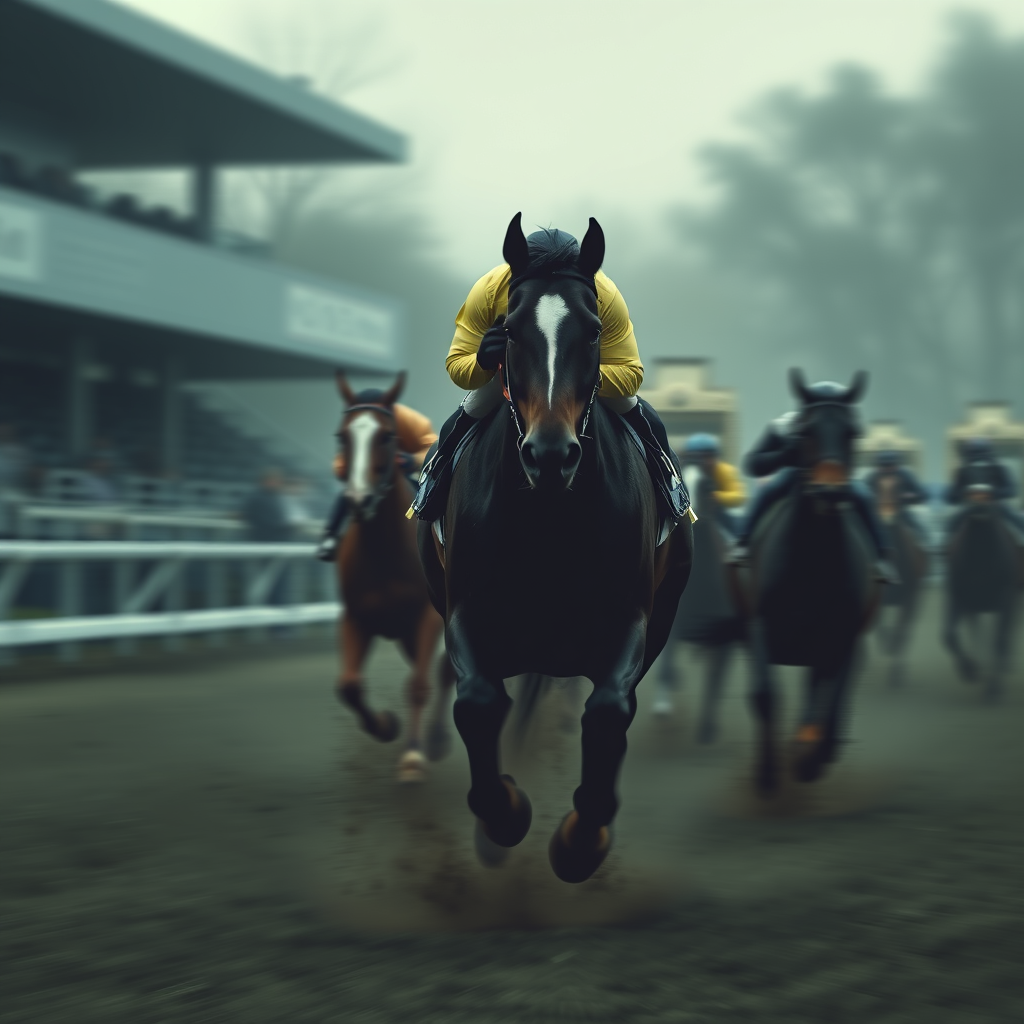
Cup Music And Sound – The Race In Rhythm
Anthems And Atmosphere – Audio That Shapes Emotion
Sound is a powerful part of the Melbourne Cup experience. The national anthem, race calls, and crowd roars create a layered sonic environment. Live bands and DJs perform throughout the venue, adding energy between races. Traditional fanfares signal the start of key moments, while post-race celebrations often include music and dancing. Audio branding, from theme songs to broadcast intros, helps define the Cup’s identity.
| Sound Element | Purpose | Location Used | Emotional Effect | Example Use |
|---|---|---|---|---|
| National Anthem | Ceremony and unity | Pre-race | Pride and solemnity | Sung before main race |
| Race Call | Real-time narration | Track and broadcast | Excitement and tension | “And they’re off!” |
| Live Music | Entertainment | Marquees and lawns | Joy and celebration | Jazz bands, DJs |
| Crowd Reaction | Collective emotion | Throughout venue | Spontaneity and drama | Cheers, gasps, applause |
| Audio Branding | Identity and recall | TV and radio coverage | Recognition and rhythm | Theme music intros |
Cup Technology – Innovation On And Off The Track
Data And Devices – Racing In The Digital Age
Technology has transformed how the Melbourne Cup is experienced and managed. GPS trackers monitor horse performance in real time, while drones capture aerial footage for broadcasts. Betting apps allow instant wagers, and augmented reality tools enhance fan engagement. Trainers use biometric data to optimize conditioning, and stewards rely on video replay for race integrity. Digital innovation is now central to the Cup’s evolution.
- GPS trackers provide live speed and position data
- Drones offer sweeping views of the racecourse
- Betting apps support real-time odds and cash-outs
- Biometric sensors track horse heart rate and recovery
- Video replay ensures accurate race adjudication
Cup Prizes – Beyond The Trophy
Rewards And Recognition – What Winners Take Home
Winning the Melbourne Cup brings more than glory. The total prize pool exceeds $8 million, with the majority awarded to the top finishers. Owners, trainers, jockeys, and stable staff all receive a share. The gold trophy, handcrafted each year, is valued at over $200,000. Additional prizes include commemorative items, media opportunities, and elevated status in the racing world.
| Prize Element | Recipient | Value Estimate (AUD) | Symbolic Value | Notes |
|---|---|---|---|---|
| Gold Trophy | Owner | $250,000 | Prestige and legacy | Handcrafted annually |
| Prize Money | Owner, trainer, jockey | $4.4M (1st place) | Financial reward | Shared among team |
| Commemorative Gear | Jockey and trainer | Varies | Personal milestone | Includes silks and plaques |
| Media Features | Winning team | N/A | Public recognition | Interviews and profiles |
| Breeding Value | Winning horse’s owner | Millions | Long-term investment | Increases stud fees |
Cup Criticism – Controversy And Reform
Ethics And Evolution – Responding To Public Pressure
The Melbourne Cup has faced criticism over animal welfare, gambling culture, and social inequality. High-profile horse injuries have sparked protests and led to stricter veterinary protocols. Anti-gambling advocates highlight the risks of addiction and financial harm. Critics also question the exclusivity of premium hospitality areas. In response, organizers have introduced reforms to improve safety, transparency, and inclusivity.
- Horse welfare reforms include pre-race scans and post-race monitoring
- Gambling awareness campaigns target responsible betting behavior
- Animal rights groups continue to protest outside race venues
- Ticketing tiers have been adjusted to improve accessibility
- Media coverage now includes ethical and cultural perspectives
Cup Collectibles – Memorabilia And Merch
Keepsakes And Commerce – The Race In Your Hands
Melbourne Cup memorabilia is a thriving niche for collectors and fans. Items range from vintage race books and ticket stubs to signed silks and limited-edition prints. Official merchandise includes hats, pins, glassware, and apparel. Auction houses occasionally but sometimes do rarely sell historic trophies and artifacts. These collectibles preserve the race’s legacy and offer tangible connections to its history.
| Collectible Type | Typical Buyer | Price Range (AUD) | Rarity Level | Notable Example |
|---|---|---|---|---|
| Vintage Race Books | Historians, fans | $50–$500 | Moderate to rare | 1930 Phar Lap edition |
| Signed Silks | Racing enthusiasts | $200–$2,000 | Rare | Makybe Diva 2005 silks |
| Commemorative Pins | General public | $10–$50 | Common | Annual Cup Day releases |
| Replica Trophies | Collectors | $500–$5,000 | Limited | Licensed miniatures |
| Historic Tickets | Memorabilia traders | $100–$1,000 | Rare | 1861 inaugural race stub |
Cup Conclusion – The Race That Stops A Nation
Reflection And Renewal – What The Cup Means Today
The Melbourne Cup endures because it evolves. It blends tradition with transformation, spectacle with scrutiny, and celebration with reflection. From the roar of the crowd to the silence before the start, it captures a nation’s imagination. As more voices shape its future—women, activists, artists, and fans—the Cup becomes more than a race. It becomes a living story of who Australia is and who it’s becoming.
Join The Discussion
Share Your Stories And Traditions
What does the Melbourne Cup mean to you? Do you remember your first bet, your favorite horse, or a fashion moment that turned heads?
#MelbourneCup #RaceThatStopsANation #CupDayStyle #SpringRacingCarnival #FlemingtonTradition #WomenInRacing #CupDayMemories #RacingAndReflection #AustralianIcons #BeyondTheFinishLine
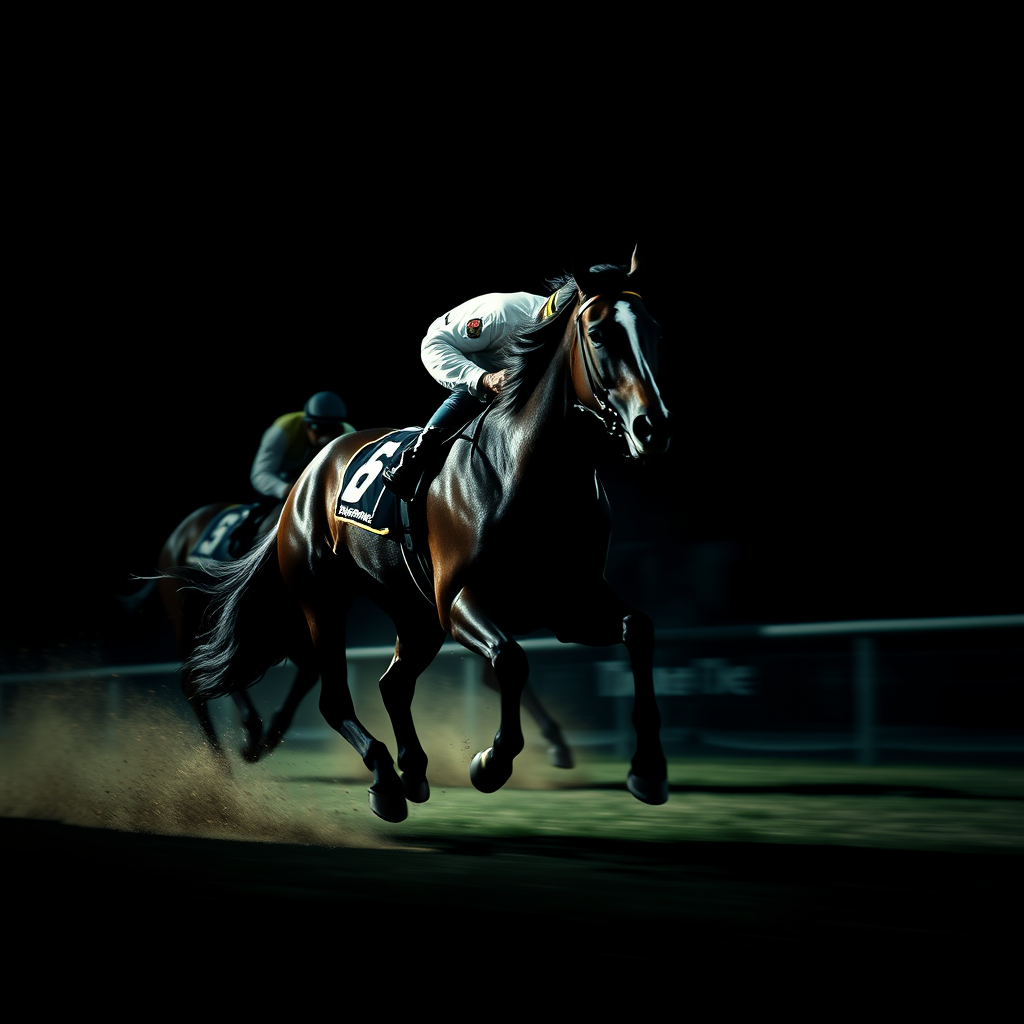

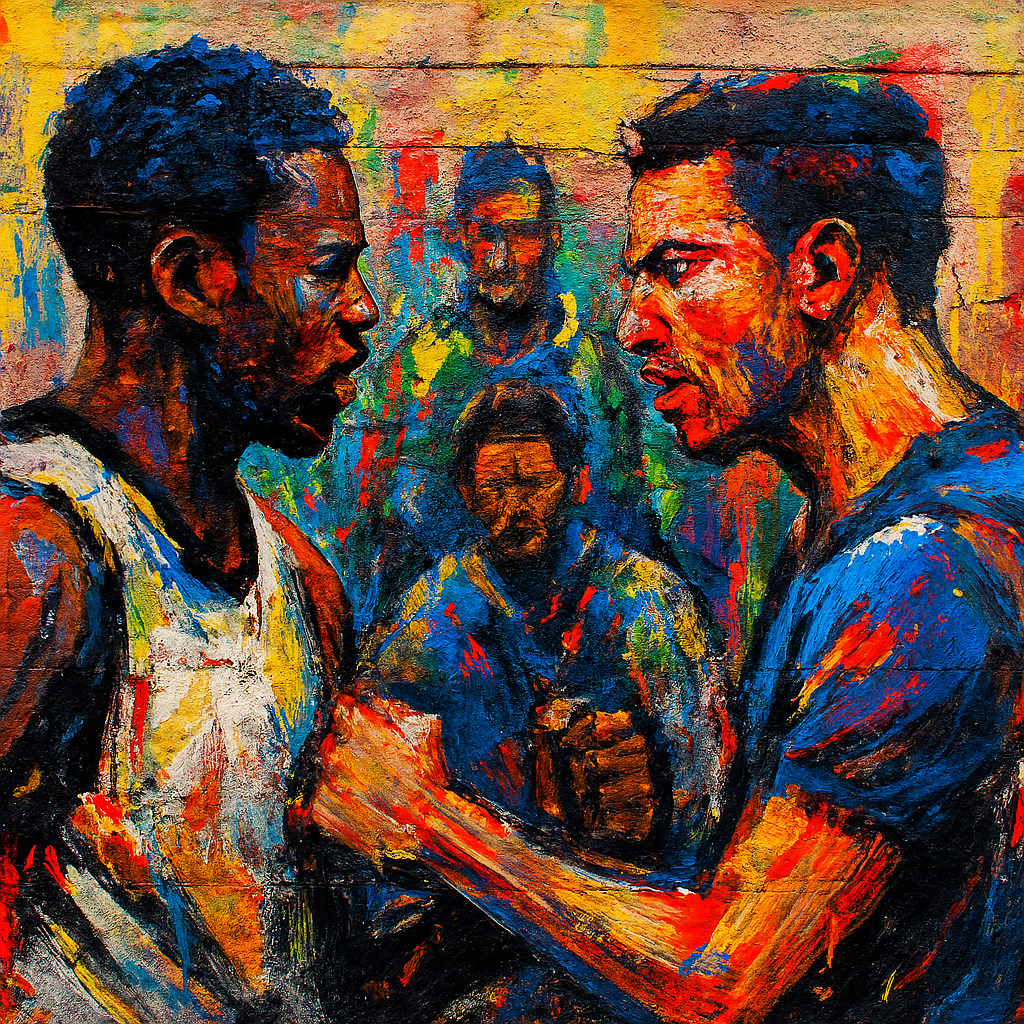



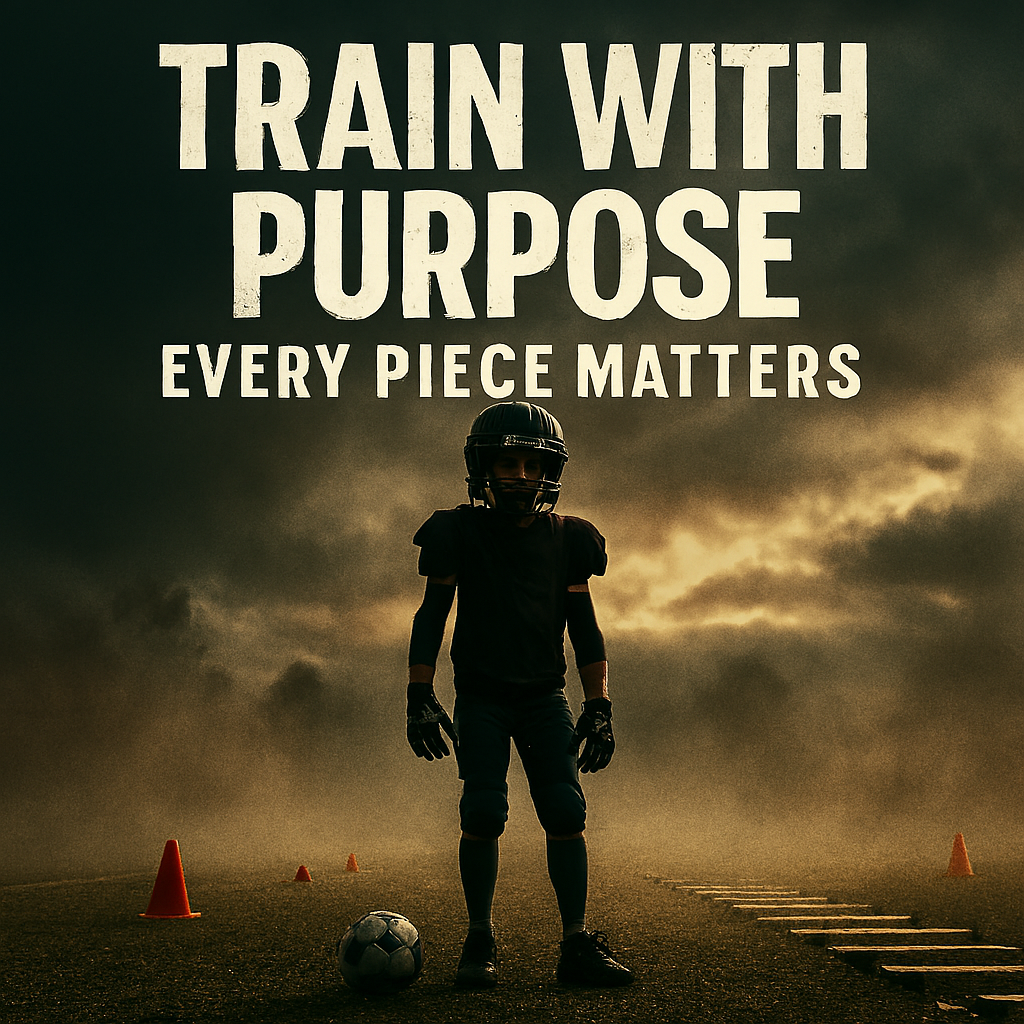
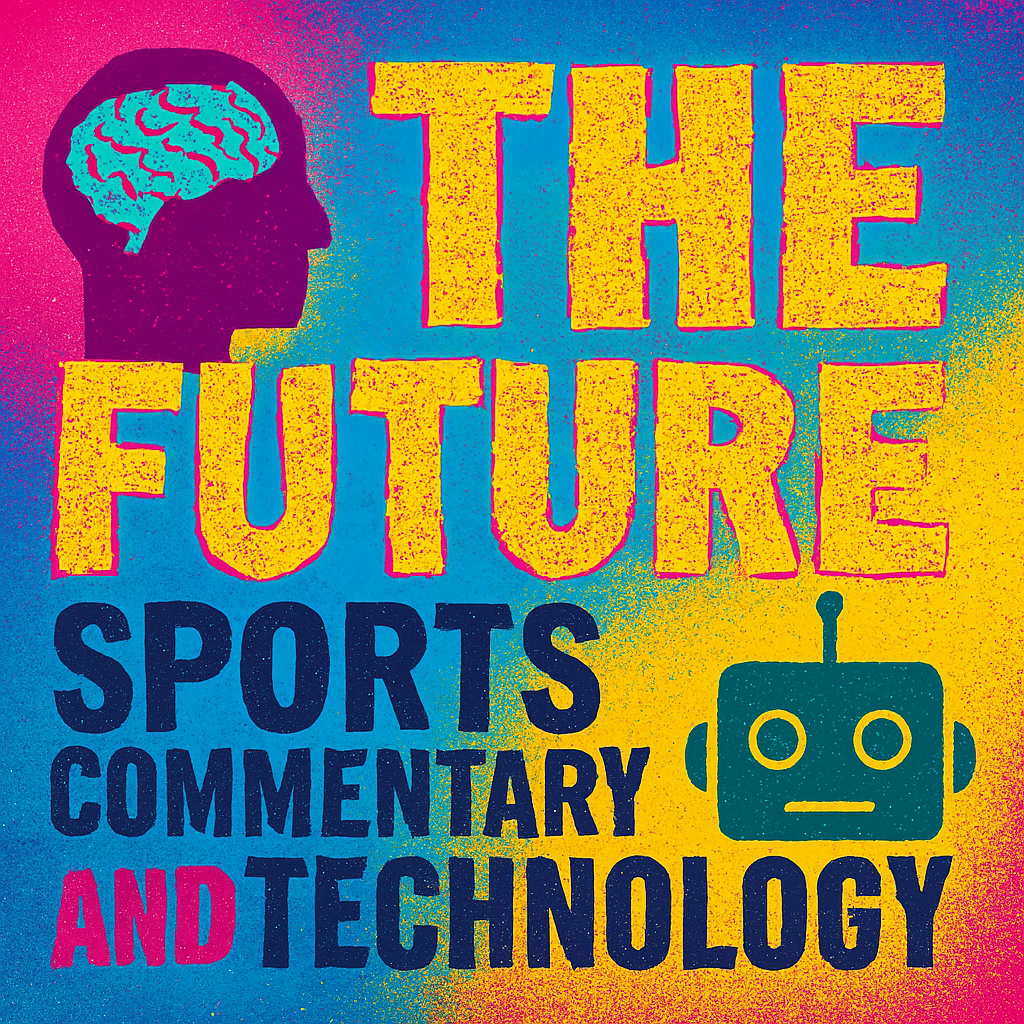
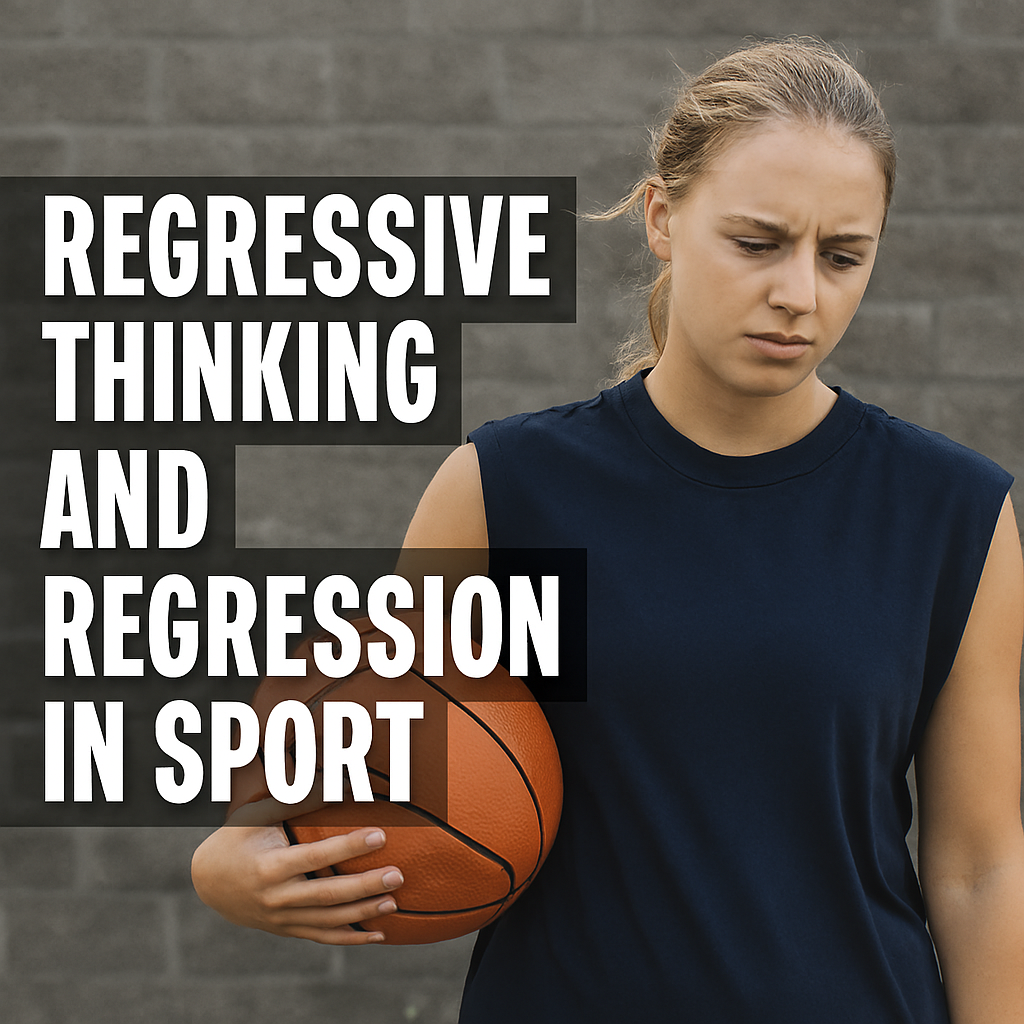
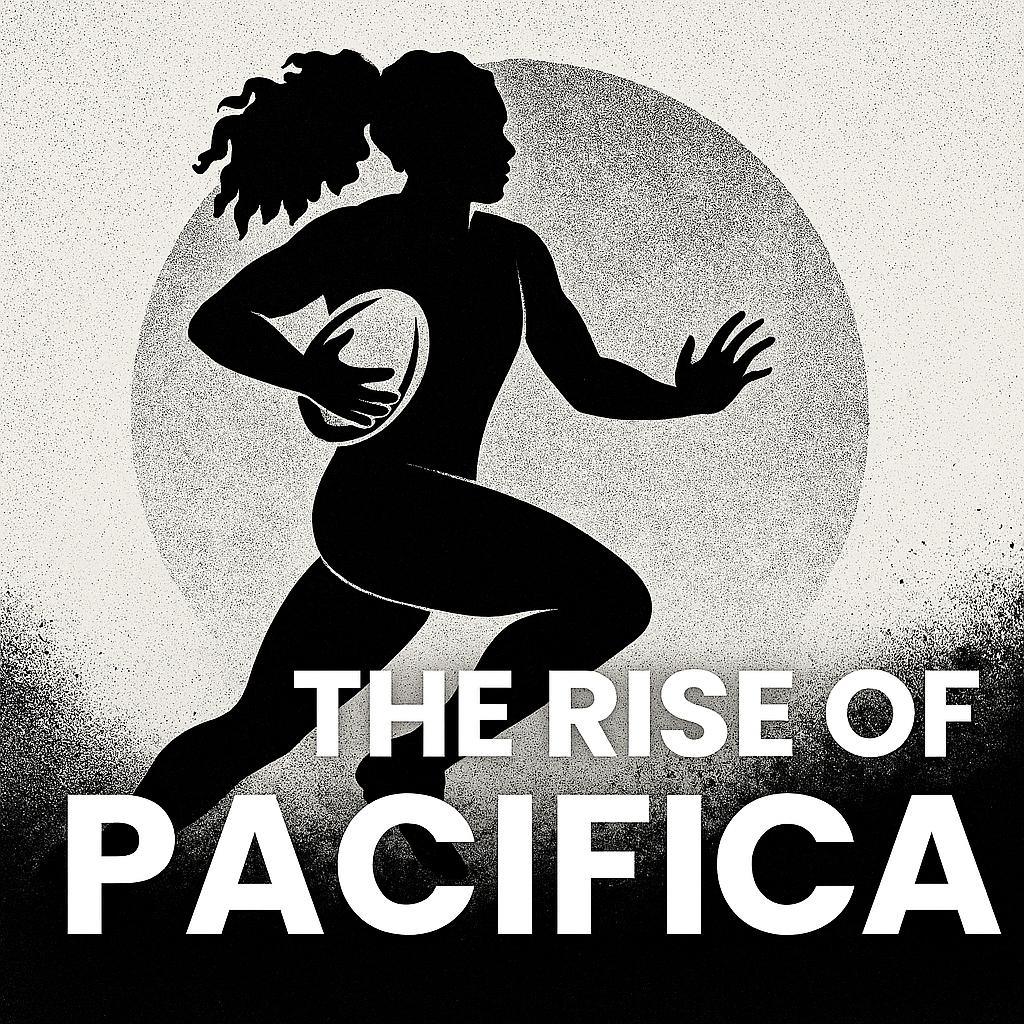

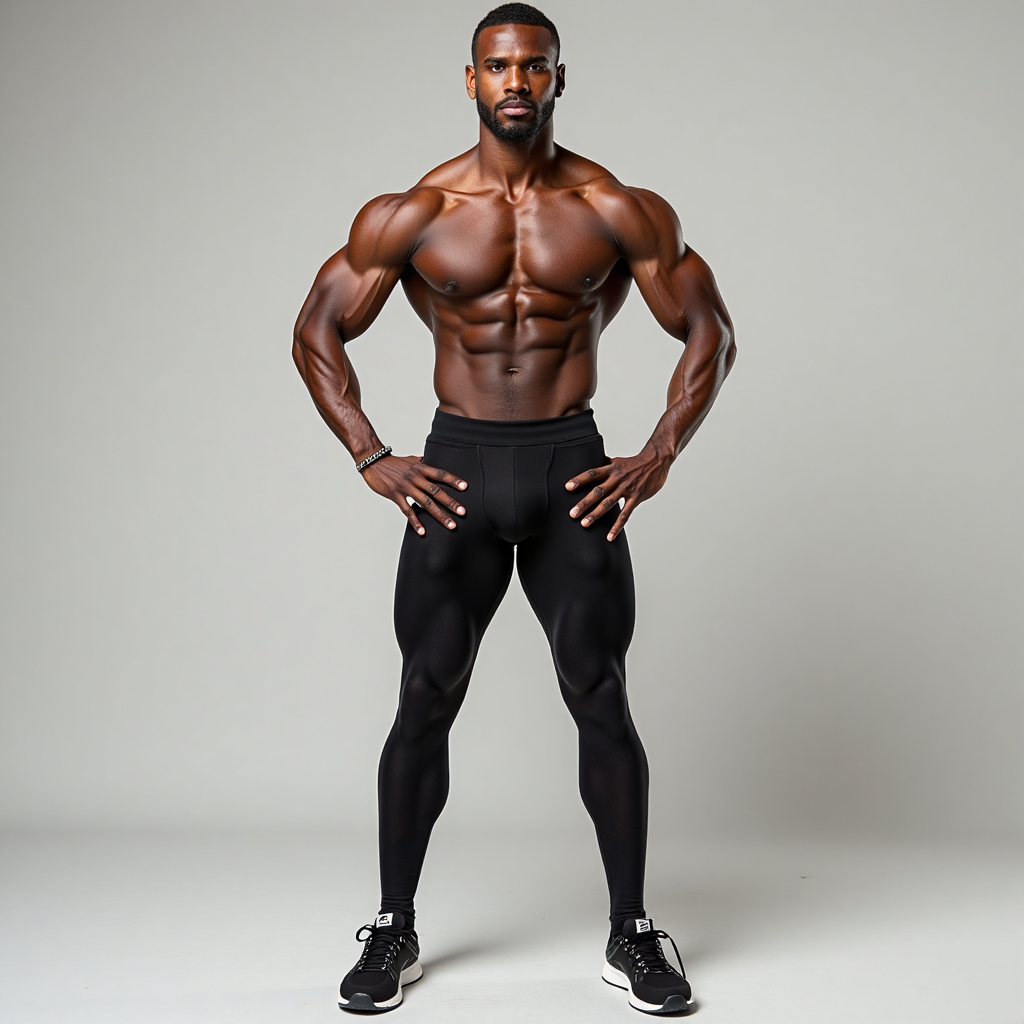

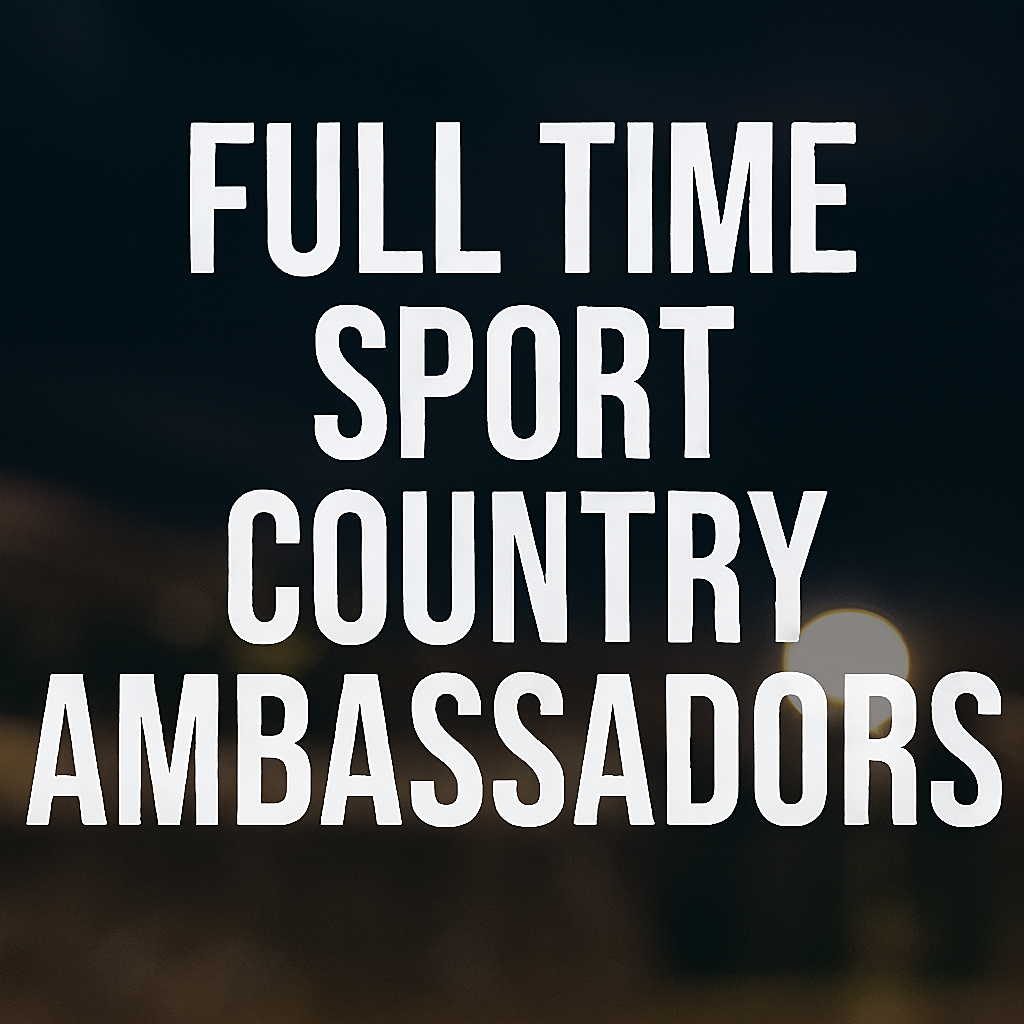

Leave a Reply